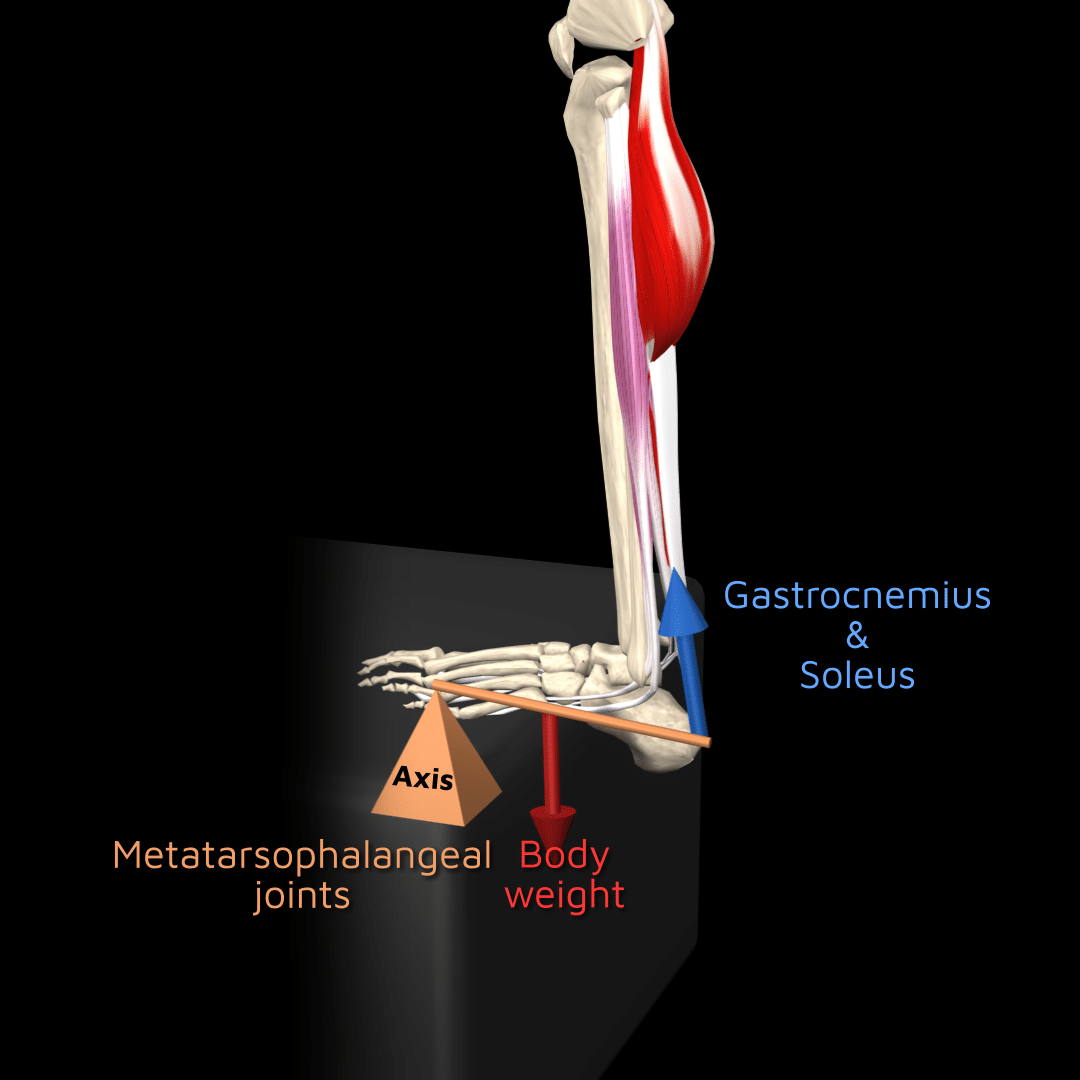What Is The Most Common Lever In The Human Body

Imagine yourself lifting a grocery bag, a simple act we perform countless times. Feel the subtle shifts in your muscles, the controlled bend of your arm. Unbeknownst to most, this effortless movement relies on a sophisticated system of biological levers working in perfect harmony. These levers, hidden within our anatomy, are fundamental to how we interact with the world.
At the heart of this fascinating mechanism lies a question: what is the most common lever system found in the human body? The answer, quite definitively, is the third-class lever. While first and second-class levers exist, the third-class reigns supreme in dictating the majority of our movements.
The World of Biomechanical Levers
To understand the prevalence of the third-class lever, we first need to define what a lever is in biomechanical terms. A lever is a rigid bar (in our case, a bone) that pivots around a fixed point (a joint). A force, known as the effort (muscle contraction), is applied to overcome a resistance or load (the weight of an object or a body part). Understanding these components unlocks a deeper appreciation for the body's ingenious design.
There are three classes of levers, each distinguished by the relative positions of the fulcrum (joint), effort (muscle), and load (resistance). The arrangement dictates the lever's mechanical advantage, meaning how effectively it can multiply the applied force.
First-Class Levers: A Balancing Act
In a first-class lever, the fulcrum is positioned between the effort and the load, resembling a seesaw. Think of nodding your head; the atlanto-occipital joint (where the skull connects to the spine) acts as the fulcrum. The muscles at the back of your neck provide the effort to lift the weight of your head. While present in the body, first-class levers are not as abundant as other types.
Second-Class Levers: Power in Numbers
The second-class lever places the load between the fulcrum and the effort. A classic example is a wheelbarrow. In the human body, a calf raise exemplifies this type of lever. Your toes act as the fulcrum, your body weight as the load, and the calf muscles provide the effort to lift you up. Second-class levers provide a mechanical advantage, allowing us to lift heavier loads with less effort, but these are less frequent than third-class levers.
Third-Class Levers: Speed and Range
Third-class levers are characterized by having the effort positioned between the fulcrum and the load. This arrangement is the most common in the human body, favoring speed and range of motion over pure strength. The elbow joint and bicep muscle provide a prime illustration of this lever type. The elbow is the fulcrum, the bicep contracts (effort) between the elbow and the weight in your hand (load).
Although third-class levers do not provide a mechanical advantage in terms of force multiplication (they have a mechanical advantage of less than 1), they are perfectly suited for rapid and extensive movements. This trade-off allows us to perform a vast array of tasks with agility and precision.
Why Third-Class Levers Dominate
The prevalence of third-class levers reflects the body's prioritization of speed and range of motion over brute strength. Consider the act of throwing a ball. A third-class lever system in the arm allows for a wide range of motion and rapid acceleration of the ball. Imagine trying to throw with a second-class lever; the movement would be slow and cumbersome.
Furthermore, third-class levers allow for finer motor control. This is crucial for activities requiring dexterity, such as writing, playing musical instruments, or performing delicate surgery. The muscles attached close to the joint, allows for fast movement with relatively short muscle contraction.
According to "Kinesiology: The Mechanics and Pathomechanics of Human Movement" by Carol A. Oatis, "Third-class levers are the most common type of lever found in the human body, emphasizing speed and range of motion for efficient movement". This statement underscores the widely accepted view within the biomechanics community.
Examples of Third-Class Levers in Action
Beyond the bicep curl, third-class levers are ubiquitous throughout the body. Consider the hamstring muscles bending the knee. The knee joint is the fulcrum, the hamstrings provide the effort, and the weight of the lower leg is the load. Or, think about the muscles that flex your hip, allowing you to lift your thigh during walking or running.
Even seemingly simple movements like brushing your teeth or reaching for a cup of coffee rely heavily on these lever systems. These movements highlight the essential role that third-class levers play in nearly all of our daily activities. Understanding this biomechanical principle unlocks a deeper understanding of human movement.
"The human body is a marvel of engineering, and the prevalence of third-class levers is a testament to its design for speed, range, and dexterity," – Dr. Emily Carter, a leading biomechanics researcher at the National Institutes of Health.
The Implications for Health and Fitness
Understanding the biomechanics of levers has important implications for health and fitness. Exercise programs can be designed to optimize the efficiency of these lever systems, improving strength, power, and range of motion. For example, exercises that target the muscles involved in third-class levers, like bicep curls or hamstring curls, can enhance the performance of everyday activities.
Moreover, knowledge of lever systems can help prevent injuries. Understanding the forces acting on joints and muscles during movement can inform proper technique and reduce the risk of strains, sprains, and other musculoskeletal problems. Athletes, in particular, can benefit from this knowledge, improving their performance and minimizing their risk of injury.
Furthermore, physical therapists and other healthcare professionals use this knowledge to develop rehabilitation programs for individuals recovering from injuries or surgeries. By understanding the mechanics of movement, they can design exercises that restore strength, flexibility, and function.
A Reflection on the Body's Ingenuity
The human body is a symphony of interconnected systems, and the biomechanical lever system is a crucial component of this complex orchestra. The prevalence of the third-class lever highlights the body's remarkable adaptation for speed, range of motion, and dexterity. It's a reminder that our bodies are not just strong, but also incredibly efficient and adaptable.
Next time you lift a grocery bag, swing a golf club, or simply take a step, take a moment to appreciate the intricate interplay of bones, joints, and muscles working in perfect harmony. These are the unsung heroes of our everyday lives, the hidden levers that allow us to move, interact, and experience the world around us with grace and agility.
The most common lever in your body is quietly, powerfully enabling your existence. A true testament to human biomechanical design!
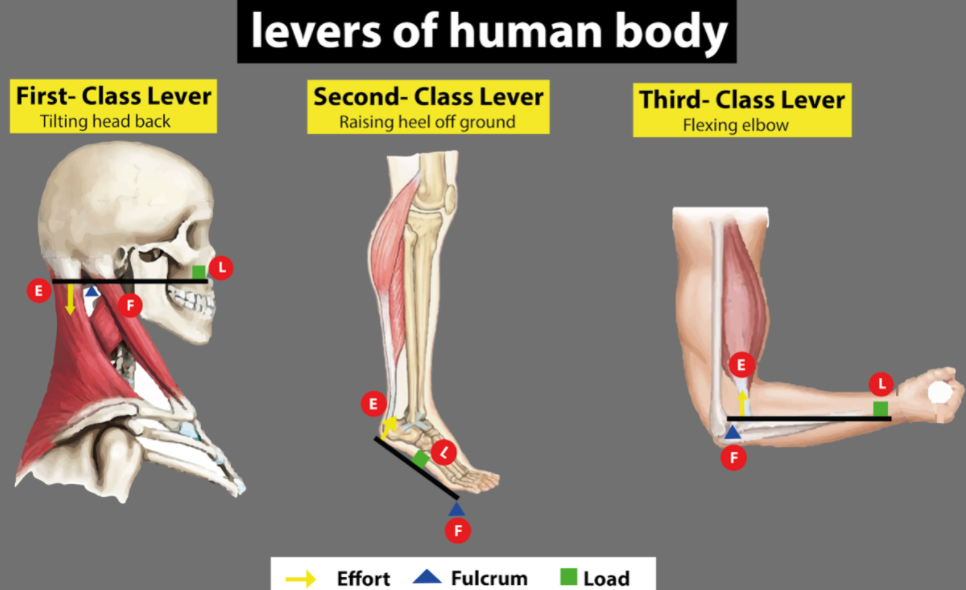
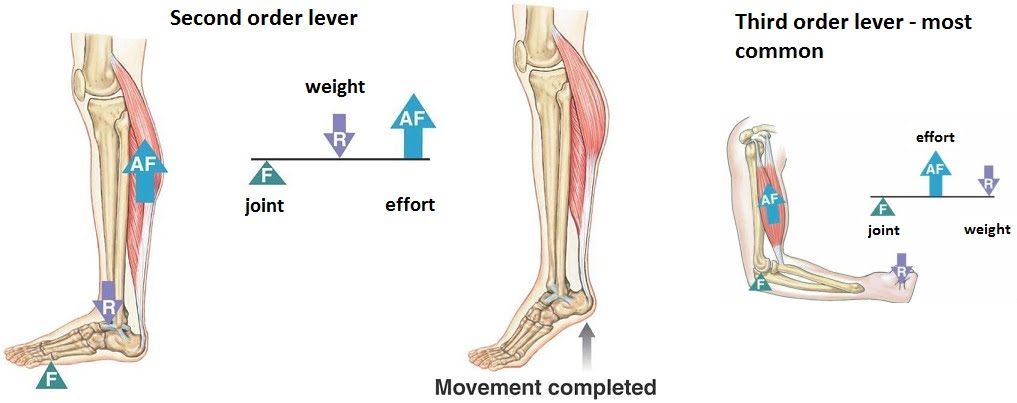

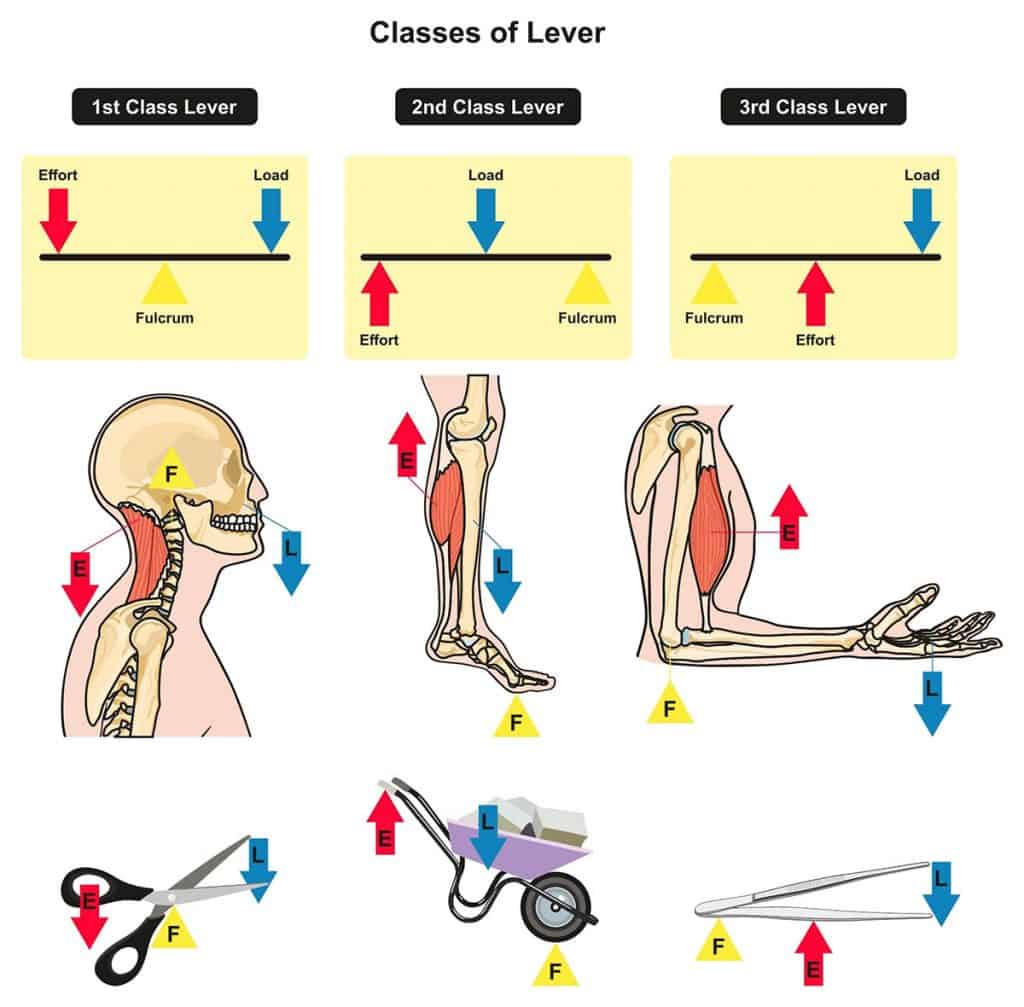


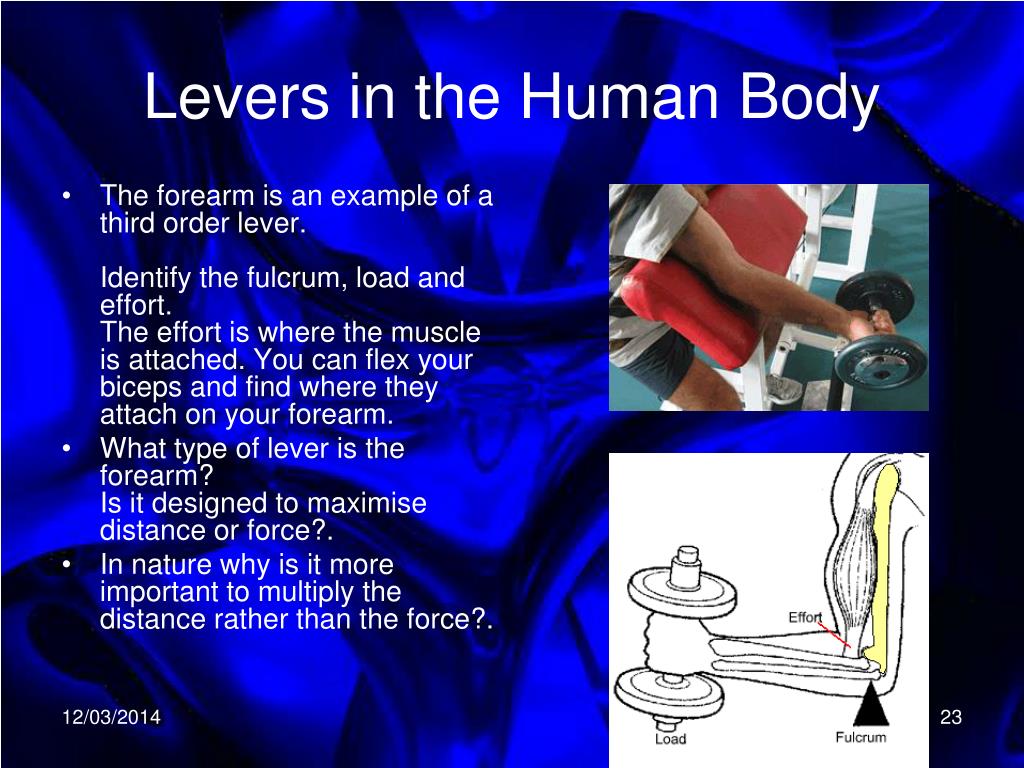

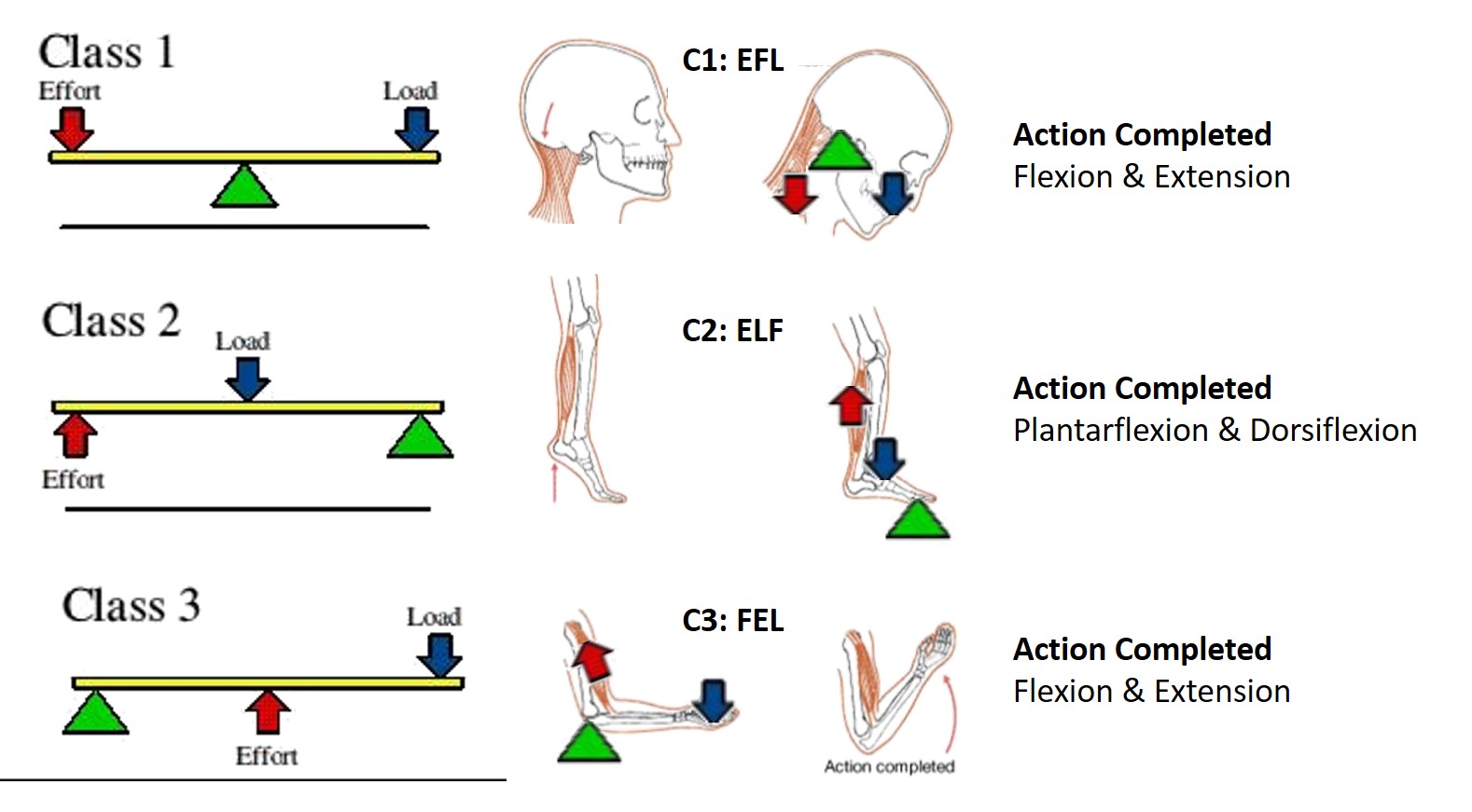


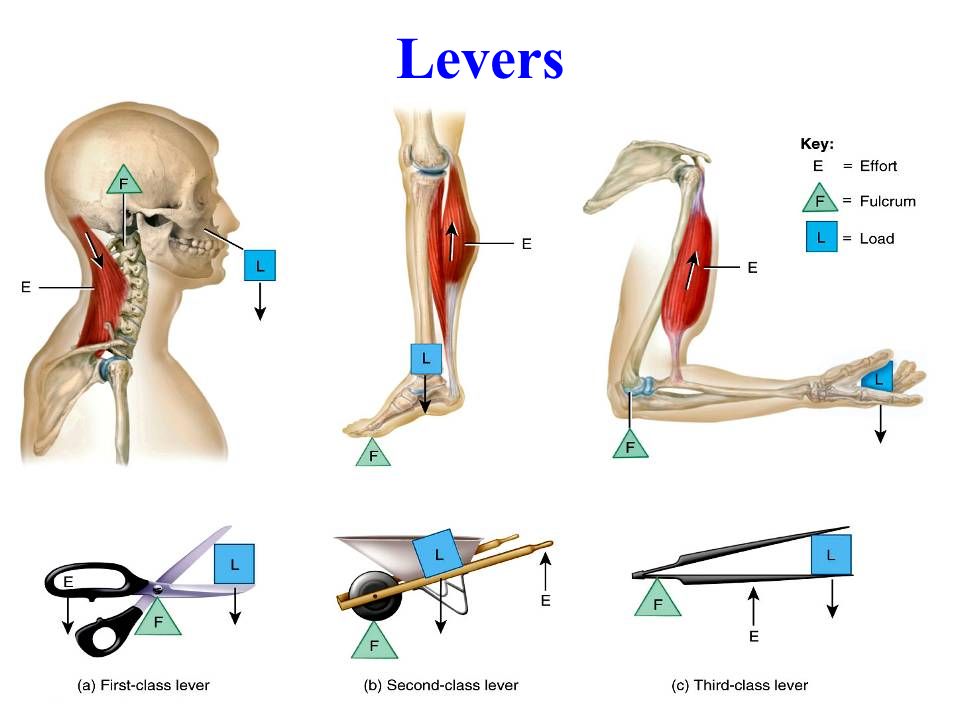
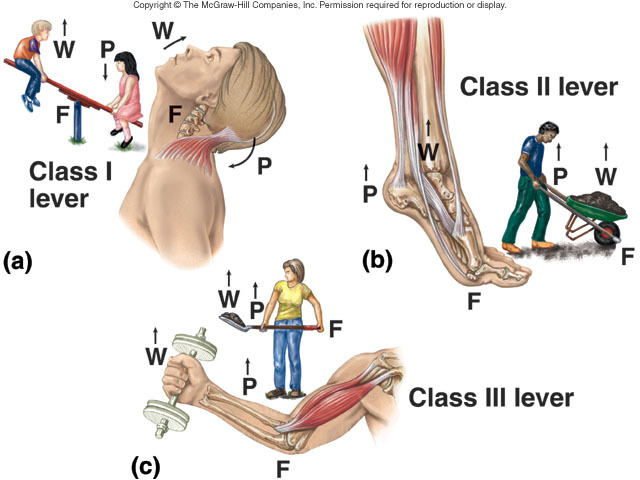

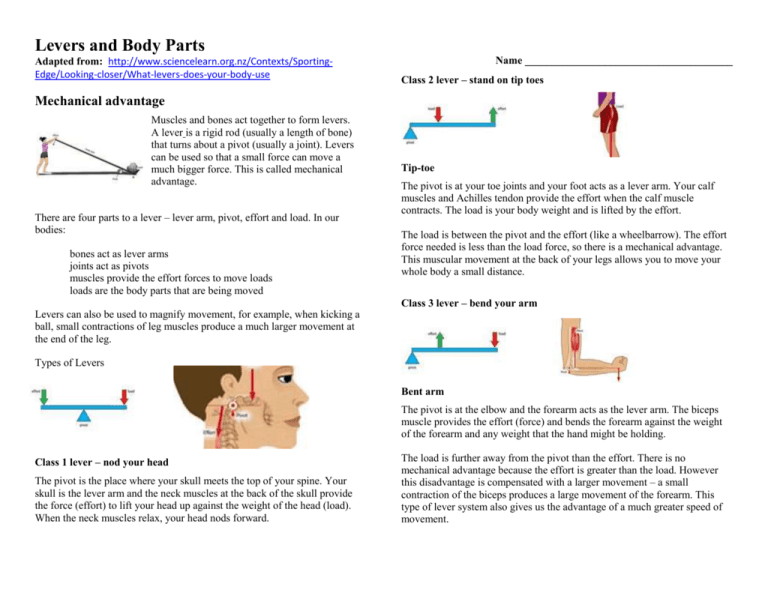
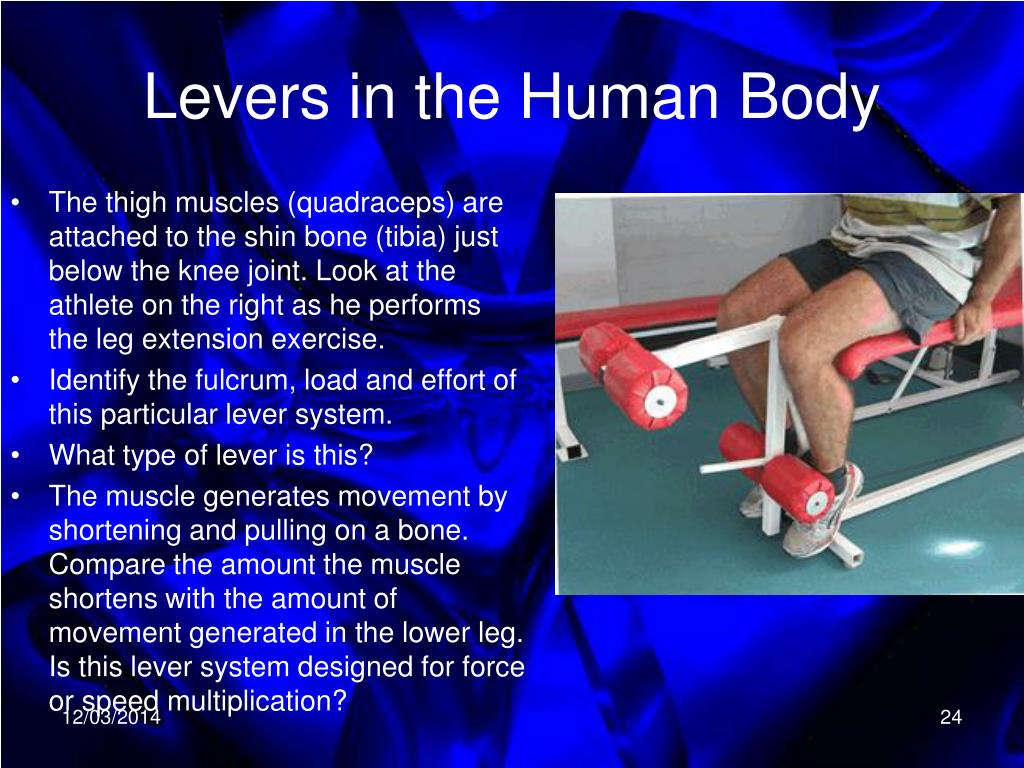
+This+is+the+most+common+type+of+lever+utilized+by+the+human+body..jpg)
